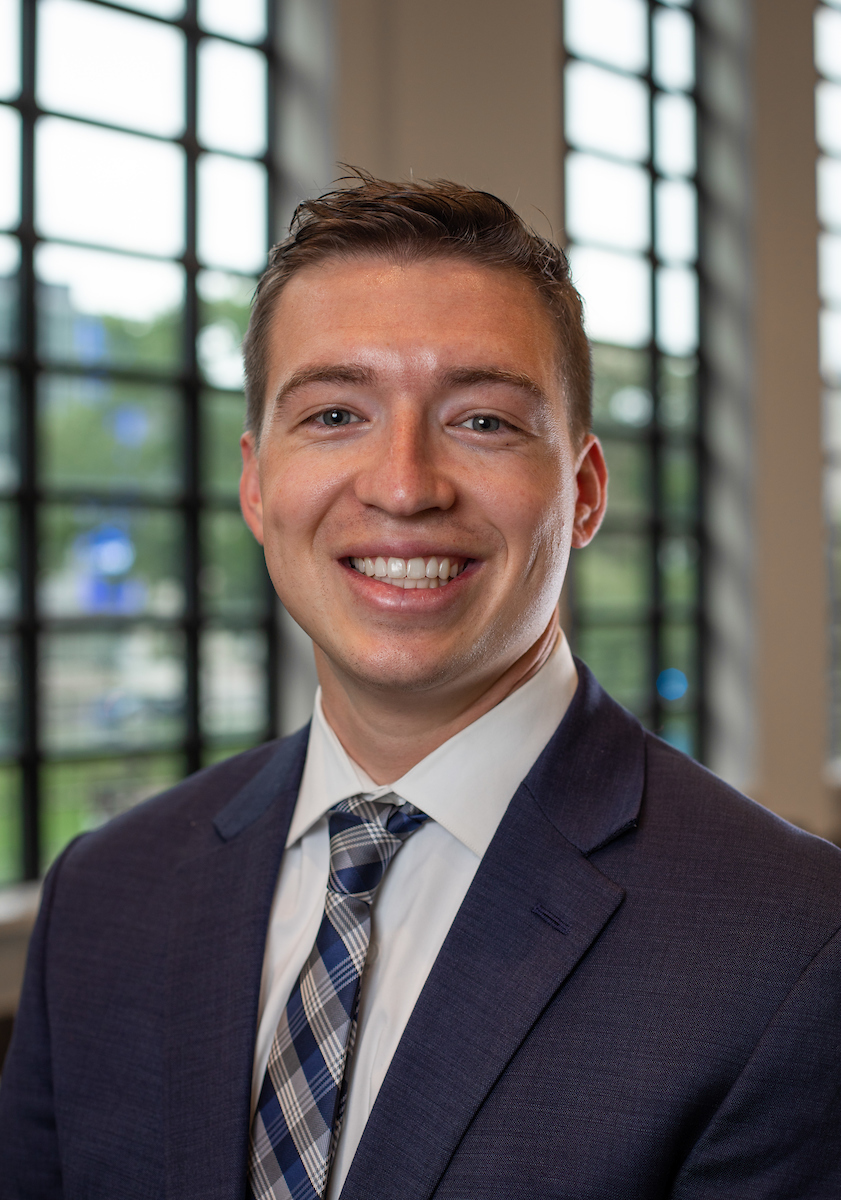Applying the pressure: Exploring how instructor strictness impacts students’ individual classroom experiences.
Conference proceedings talk, National Communication Association, National Harbor, MD
Students tend to think negatively of instructors they find strict (i.e., inflexible). However, strictness as a communication variable is not theoretically positioned as positive or negative; its impact likely varies depending on the person. To investigate this idea, the current study thematically analyzed written narratives from 457 students about their interactions with instructors they identified as strict. The results established 10 themes that collectively reflect students’ experiences: reduced engagement, shifts in grade orientation, improved study habits, increased pressure, increases in stress/anxiety, enhanced focus, poor climate, reduced distractions, increased relational distance, and deterrence from help-seeking. Although strictness is generally viewed as an undesirable instructor behavior, its actual influence on students’ learning and classroom experiences is mixed. We discuss the implications of this conclusion for the study of strictness as an instructional concept moving forward.
